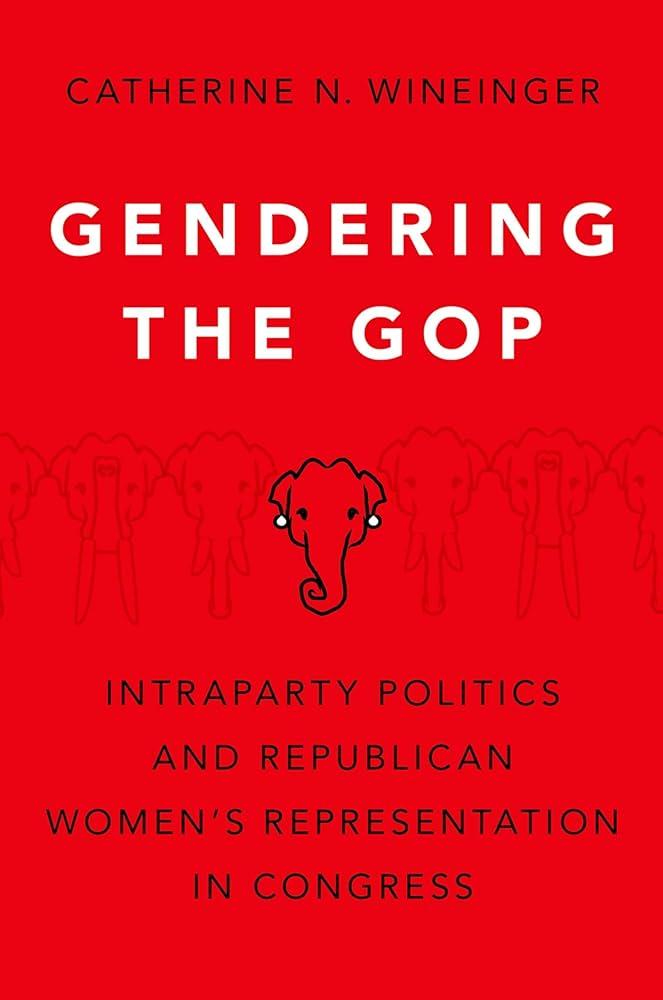Rising Tensions as Federal Shutdown Deadline Nears
With the federal government rapidly approaching a potential shutdown, the discord between Republican and Democratic leaders has escalated sharply. Each faction is increasingly attributing responsibility for the deadlock to the other, deepening the political divide. Republicans criticize Democrats for resisting compromises on critical budgetary issues, especially concerning spending limits and border security funding. Conversely, Democrats accuse Republicans of attaching extensive policy conditions to funding bills, complicating bipartisan agreement efforts.
This intensifying conflict highlights the ideological rift in Congress, where partisan priorities often overshadow the urgent need to maintain government operations. Central points of disagreement include:
- Balancing defense expenditures against funding for social welfare programs
- Inclusion of healthcare and immigration policy provisions within budget legislation
- Conflicting views on fiscal discipline versus increased public investment
| Political Party | Core Demands | Shutdown Position |
|---|---|---|
| Republicans | Enhanced border security,strict spending caps | Accuse Democrats of stalling progress |
| Democrats | Expand social services,oppose budget cuts | Critique GOP’s inflexible policy riders |
Core Issues Driving the Budget Impasse
As the deadline to fund the government looms,the standoff between Republicans and Democrats centers on several pivotal policy disagreements. Republicans advocate for substantial reductions in discretionary spending and bolstered border security, emphasizing the importance of fiscal prudence to safeguard economic stability. In contrast, Democrats prioritize protecting and expanding social programs, including healthcare and education funding, underscoring the necessity of supporting vulnerable communities amid ongoing economic uncertainties.
Further complicating negotiations are disputes over climate policy initiatives and infrastructure development.GOP members express caution toward aggressive environmental regulations that could burden businesses, while Democrats push for comprehensive green energy investments to address climate change challenges. The table below summarizes the contrasting stances:
| Policy Focus | Republican Perspective | Democratic Perspective |
|---|---|---|
| Federal Budget | Cut discretionary spending by 10% | Preserve or increase funding for social programs |
| Border Security | Enhance physical barriers and surveillance technology | Emphasize immigration reform and humanitarian support |
| Climate Action | Resist costly regulatory measures | Advocate for large-scale renewable energy projects |
| Infrastructure | Focus on traditional infrastructure like highways | Include public transit and enduring energy initiatives |
- Budget cuts versus social welfare funding
- Border enforcement versus immigration reform
- Environmental regulation versus economic impact concerns
- Conventional infrastructure versus green innovation
Consequences of a Government Shutdown on Public Services and the Economy
The threat of a government shutdown poses notable risks to numerous federal programs and services,possibly causing widespread disruption. Essential public services, including healthcare initiatives, national parks, and federal law enforcement operations, could face furloughs or temporary suspensions. This uncertainty affects millions of Americans who rely on these services daily, from social safety nets to national security functions.
Economic repercussions could be substantial:
- Federal workers may experience unpaid furloughs, reducing household incomes and dampening consumer spending.
- Government contractors could face delayed payments, disrupting business operations and employment.
- Financial markets might react negatively to increased political instability, heightening volatility.
| Sector | Likely Impact | Expected Duration |
|---|---|---|
| Healthcare | Payment delays and service reductions | Several weeks to months |
| National Parks | Temporary closures and limited access | Days to weeks |
| Federal Employees | Furloughs and unpaid leave | Weeks |
Approaches to Foster Bipartisan Budget Agreements
In a highly divided political environment, overcoming the budget stalemate requires deliberate strategies that promote cooperation and compromise. Effective methods to facilitate bipartisan progress include:
- Defining Clear Priorities: Identifying essential budget components versus negotiable items helps establish a framework for mutual concessions.
- Initiating Early Conversations: Engaging in informal discussions well before deadlines can reduce last-minute conflicts and foster collaborative problem-solving.
- Employing Neutral Facilitators: Autonomous mediators can assist in bridging entrenched positions by focusing on shared objectives rather than partisan victories.
- Adopting Incremental Agreements: Dividing complex fiscal issues into smaller, manageable segments allows for gradual progress and builds trust over time.
Past examples demonstrate the effectiveness of these tactics in averting shutdowns:
| Fiscal Year | Negotiation Strategy | Outcome | Shutdown Avoided? |
|---|---|---|---|
| 2013 | Budget compromise with mediation | Balanced funding agreement reached | Yes |
| 2018 | Incremental funding bills | Short-term extensions granted | Temporarily |
| 2020 | Early bipartisan negotiations | COVID-19 relief package enacted | Yes |
Final Thoughts on the Budget Deadlock
As the federal government stands on the precipice of a shutdown,the intensifying rhetoric from both Republican and Democratic leaders underscores the entrenched partisan divisions complicating legislative compromise. With the deadline looming, the nation watches closely to see if pragmatic negotiation will prevail or if political brinkmanship will lead to a shutdown with widespread consequences for millions of Americans and the broader economy.









